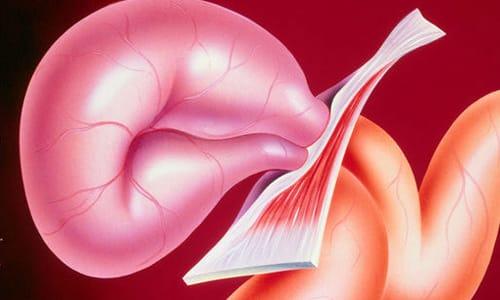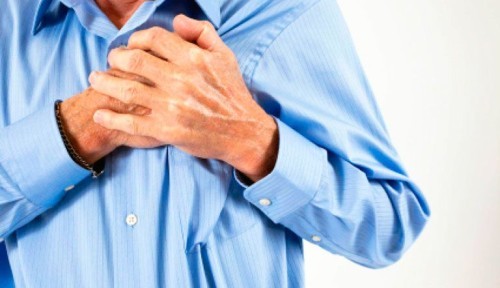Soon winter will come into their full rights, but before assuming their duties all of us are waiting slippery puddles, icy pavement and stairs, slipping on which you can fall. People are falling, as a rule, exposing his hands before him.
The most common fractures of the wrist joint are fractures of the radius.
In the treatment of fractures of the distal radius using two basic principles. This is a closed reduction (elimination of bias) of damaged parts, maintenance of immobility of the brush using overlay fixing a plaster cast or open reduction with installation of plates and fixation screws.
Depending on the mechanism of injury fractures are:
- flexion or Smith’s fracture. In this fracture, the point of application of force is necessary on the back side of your wrist and is offset from the distal radial bone to the Palmar side;
- extensor or fracture Kolessa. In this injury the application of force has on hand and, as a rule, the bone fragments are displaced to the rear side. In the distal area of the radial bone good blood circulation, so if any fractures bone heals fairly quickly. Therefore, the need for timely elimination of the offset, otherwise, the bone will heal in the wrong position.
However, after prolonged wearing of a plaster or resin (plastic cast) a bandage or after surgery, almost all patients observed partial atrophy of the muscular tissue of the forearm and wrist, as well as reduced range of motion in the wrist joint. And elderly patients sometimes develop a very unpleasant complication of fracture called syndrome sudeka.
To restore normal operation of the brush is necessary before removing the plaster immobilization to proceed with the rehabilitation program.

Rehabilitation of the wrist joint after a fracture consists of the following procedures:
- physical therapy, exercises for developing the doctor-rehabilitologist individually depending on the type of fracture and the recommendations of the doctor traumatologist-orthopedist;
- massage, which lasts about 30 days and helps to restore the muscles;
- development of the small joints wrist joint with orthopedic ortheses and bandages.
After removing the plaster or polymer immobilization and transfer of a patient on the use of artesiane dressings (bandages) are shown physiotherapy: electrophoresis, magnetic therapy, ultraviolet irradiation, electrical stimulation in the absence of contraindications to this type of treatment.
During the course of physical treatment decreases swelling, is pain, is finally formed callus, improves oxygen flow to the damaged area and blood flow. The duration of rehabilitation of the wrist joint in each case is individual and depends on the type of fracture, patient’s age and comorbidities.



